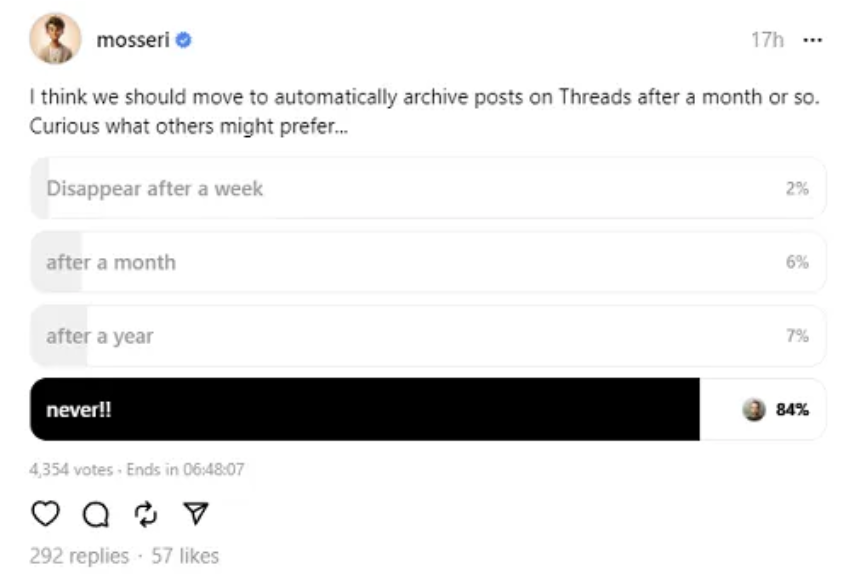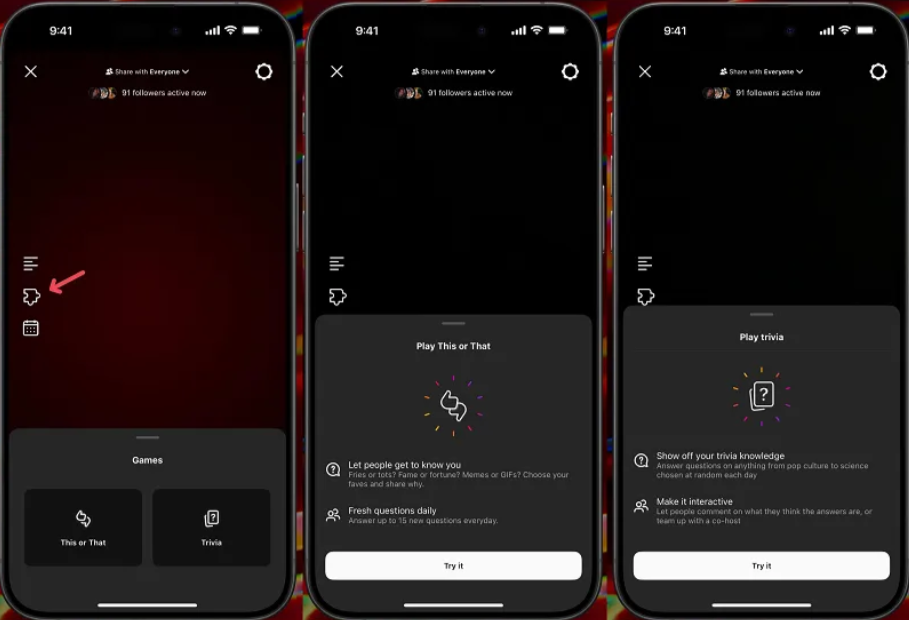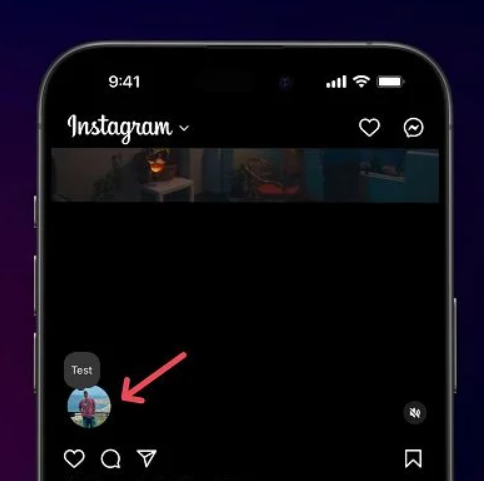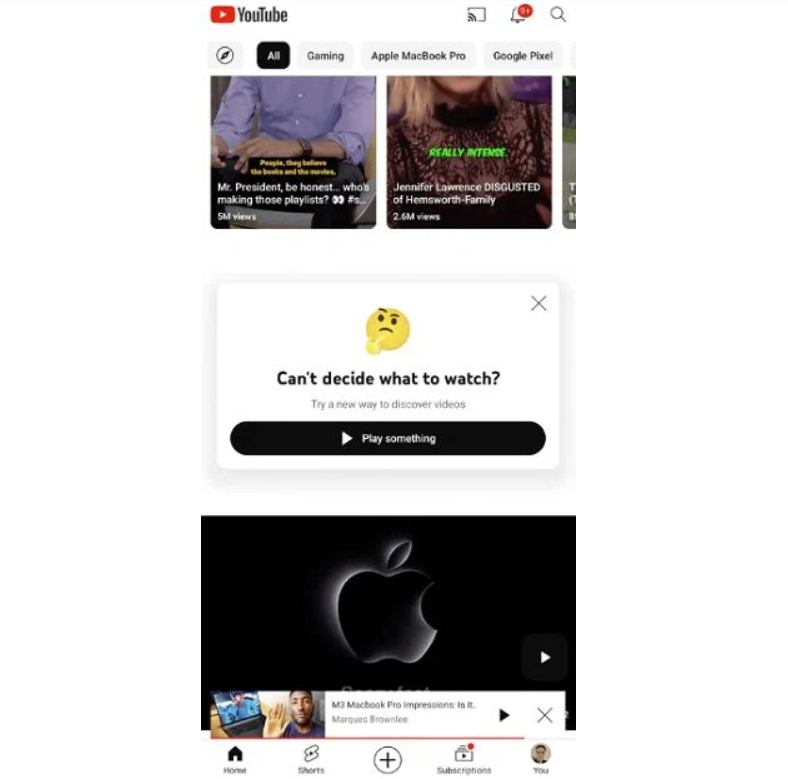Reviving an outdated brand requires a careful balance of preserving its core values while embracing modern strategies to reconnect with current consumers. With the right approach, even the most dated brands can reclaim their relevance and market position. Here’s a straightforward guide to revitalizing a brand that has lost its appeal over time.
Before making any changes, it’s crucial to understand what made the brand successful in the first place. Often, outdated brands lose relevance not because they’re fundamentally flawed but because they have failed to adapt to changing times. Review the brand’s original mission, values, and messaging. Identify what still resonates with today’s audience and what needs to be updated. This core identity should act as the foundation for all future branding efforts.
The next step is to research current trends within your industry. What are competitors doing successfully? What are the emerging preferences among consumers? Study market shifts, technology, social media habits, and customer expectations to identify where your brand can make an impact. This research will help you determine which aspects of the brand need modernization while staying authentic to its heritage.
A visual overhaul can be an effective way to signify a brand’s rebirth. Modernizing the logo, colors, fonts, and overall aesthetic can breathe new life into a brand while maintaining a sense of continuity. The goal is to create a contemporary look that appeals to today’s consumers without losing the essence of what the brand stands for. Subtle changes can sometimes be more effective than a complete transformation, especially for heritage brands that people still feel attached to.
To connect with new audiences, outdated brands must embrace digital marketing. Social media, SEO, and online advertising are key components of this shift. Establish a strong presence on platforms where your target demographic spends their time—whether it’s Instagram, TikTok, or LinkedIn. Create engaging content that aligns with both your brand’s heritage and modern sensibilities. Collaborate with influencers or industry leaders to gain credibility and reach a wider audience.
In some cases, outdated products or services may no longer meet the needs of today’s consumers. Consider updating or reinventing what you offer to better align with modern expectations. This could mean introducing new product lines, updating packaging, or altering your business model. For instance, brands in the sustainability space may focus on eco-friendly practices and packaging to appeal to environmentally conscious customers.
Engaging with your audience is crucial when reviving a brand. Today’s consumers value authenticity, transparency, and direct interaction with brands. Foster a sense of community by engaging with customers on social media, responding to feedback, and creating interactive content such as polls, quizzes, or user-generated content campaigns. Consider offering loyalty programs or personalized services to keep customers coming back.
It’s essential to tell your audience about the changes you’re making. Launching a rebranding campaign or a “comeback” story can generate excitement and curiosity. Be transparent about why you’ve made these updates and what it means for your brand going forward. Use press releases, social media announcements, and interviews to communicate your journey and build anticipation around the brand’s new chapter.
Finally, no rebranding effort is complete without monitoring its progress and adjusting as needed. Track customer feedback, sales figures, and digital engagement metrics to gauge the success of your rebranding efforts. If certain elements aren’t resonating, be prepared to make quick adjustments. Staying agile and responsive ensures that your brand continues evolving with the market rather than falling out of step once again.
By focusing on these strategies, an outdated brand can not only be saved but transformed into a relevant, competitive force. The key lies in understanding the brand’s essence, adapting it to modern consumer expectations, and consistently engaging with the target audience.







